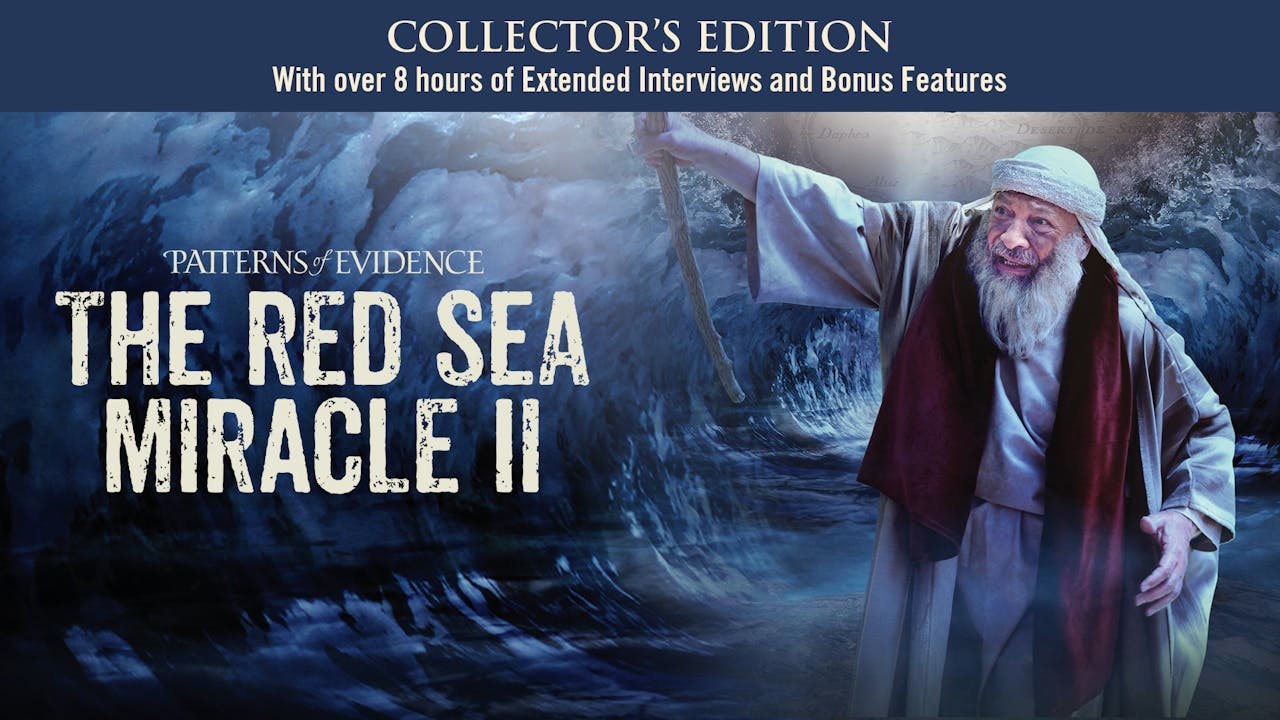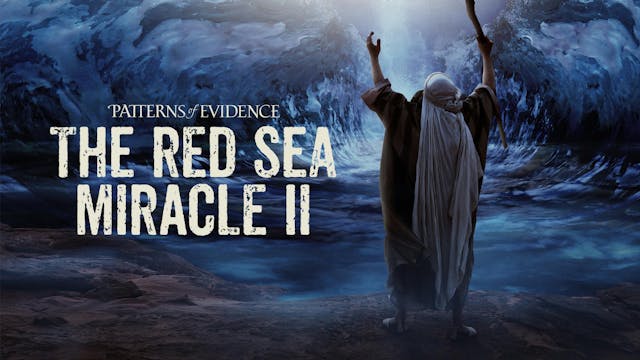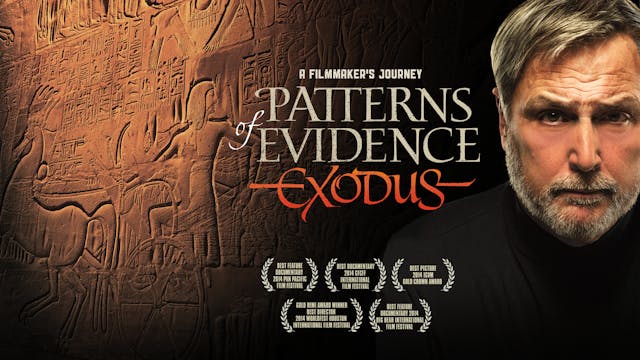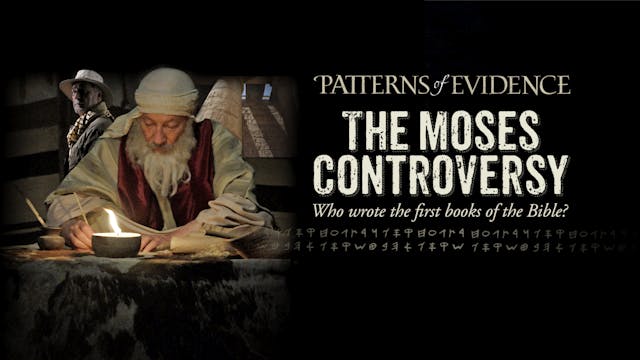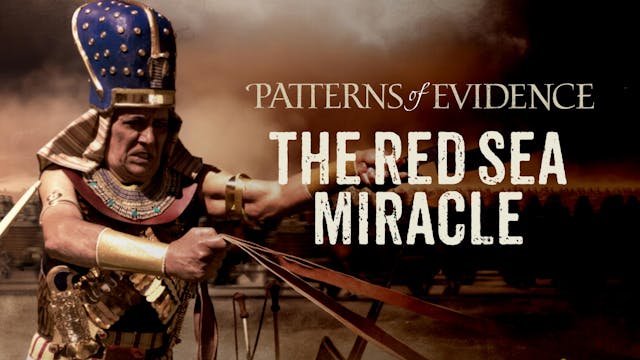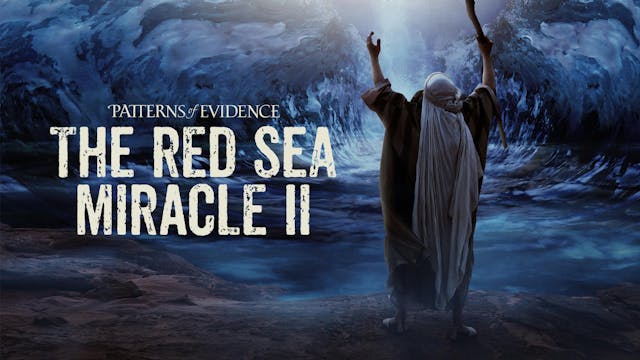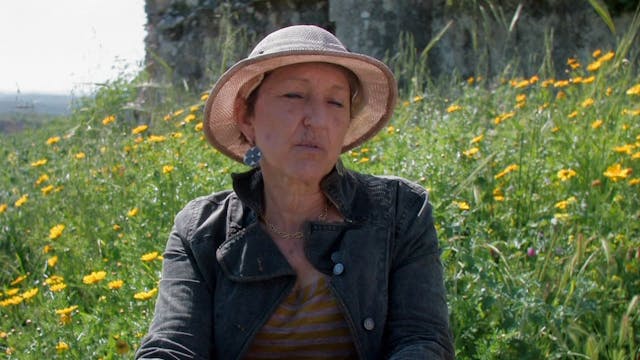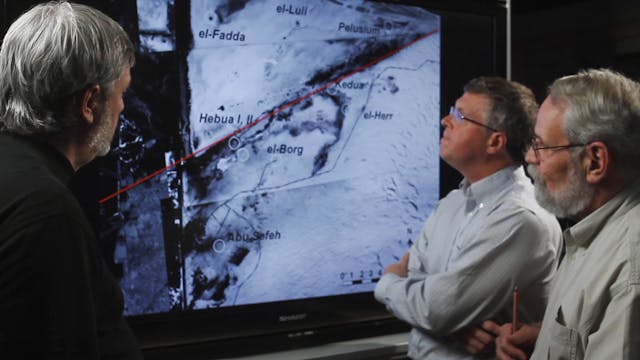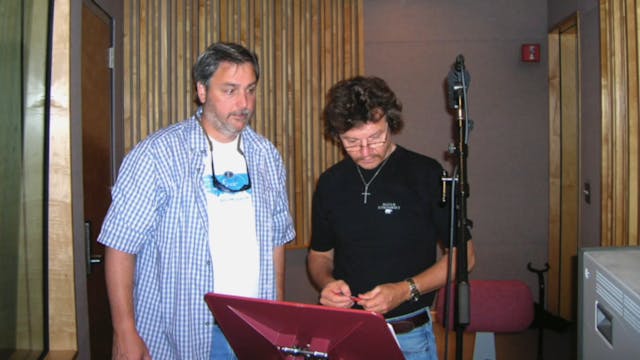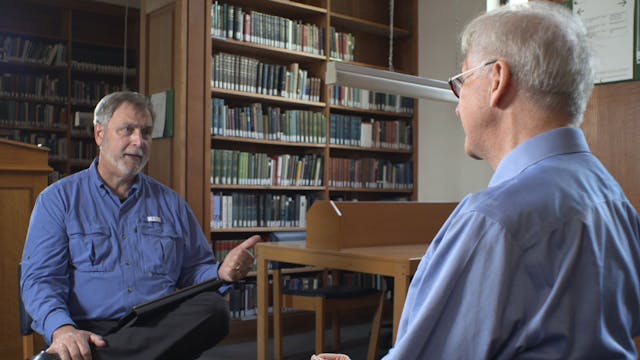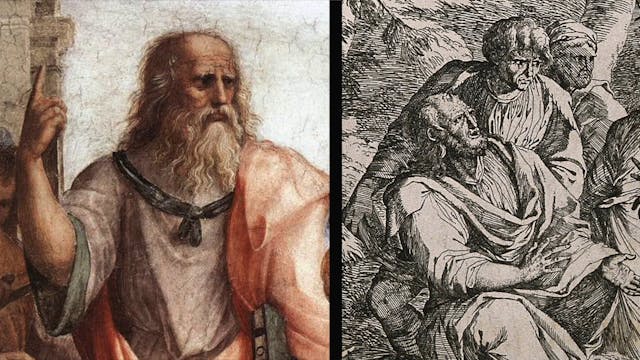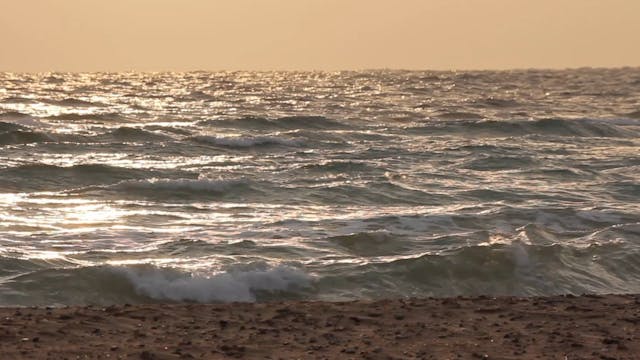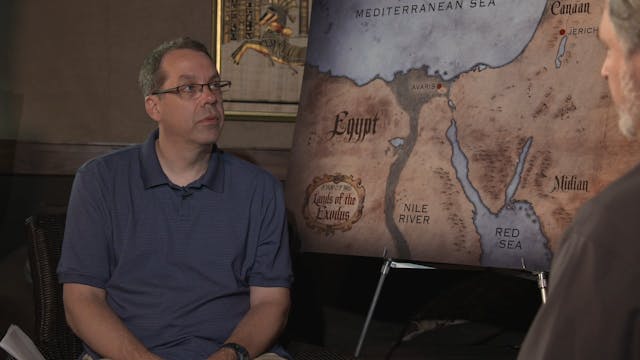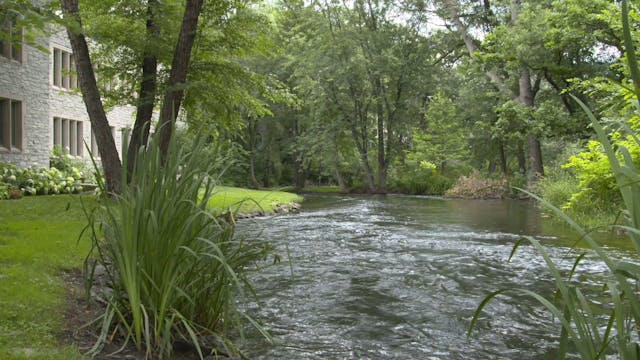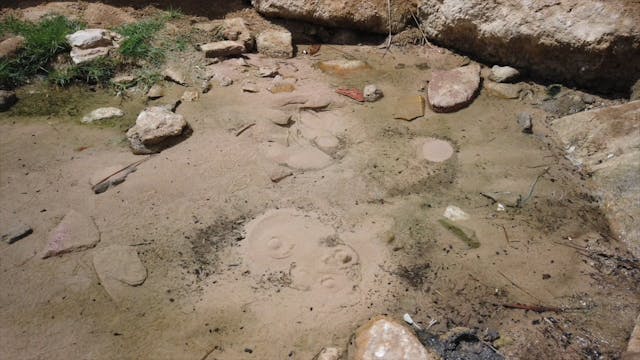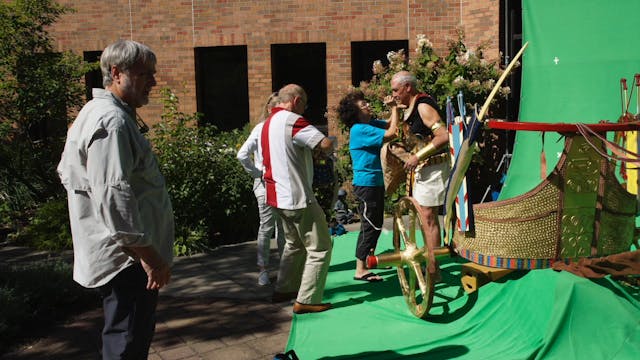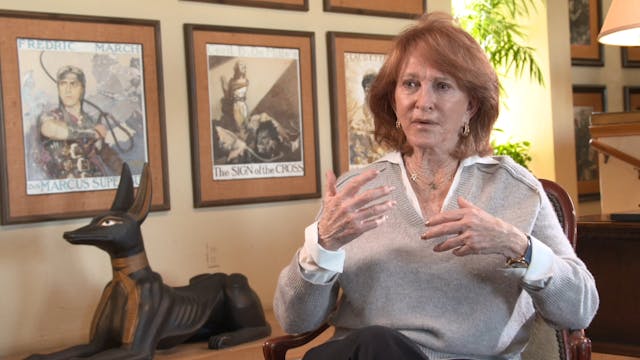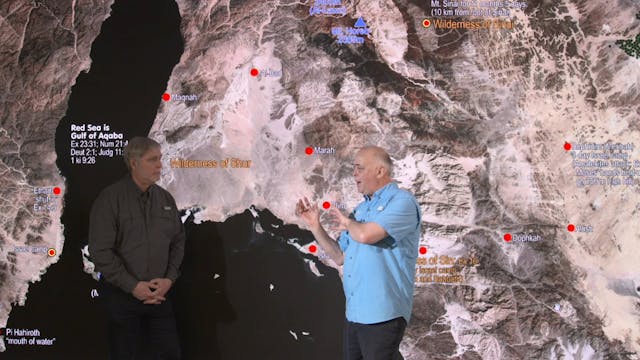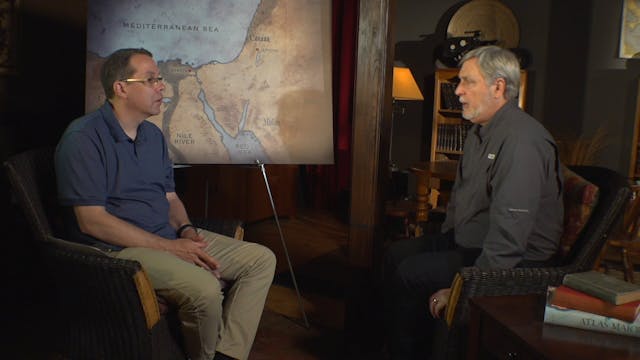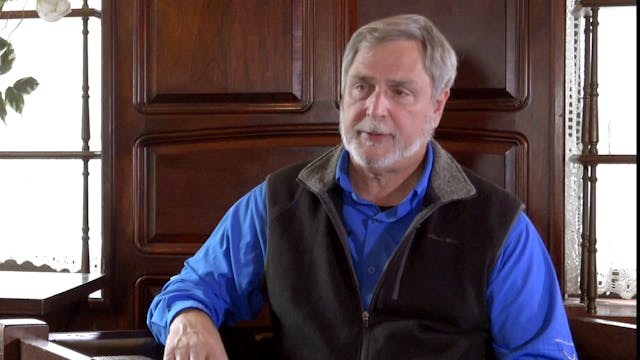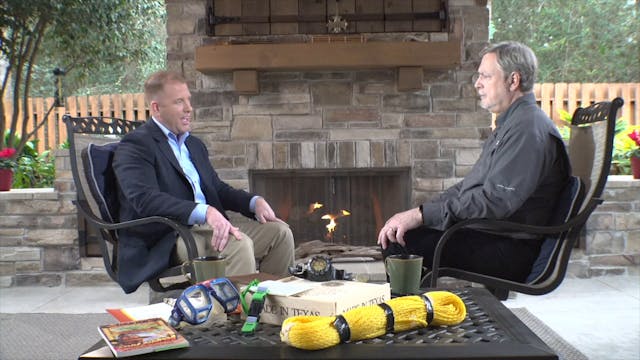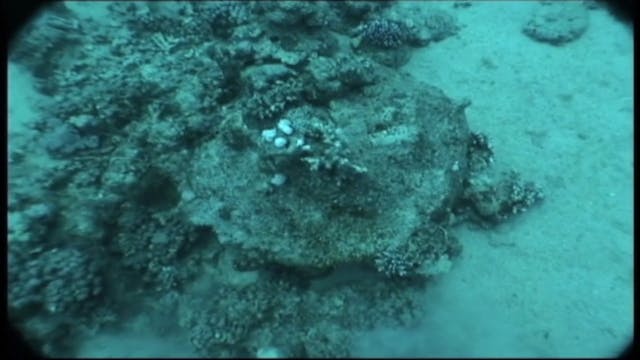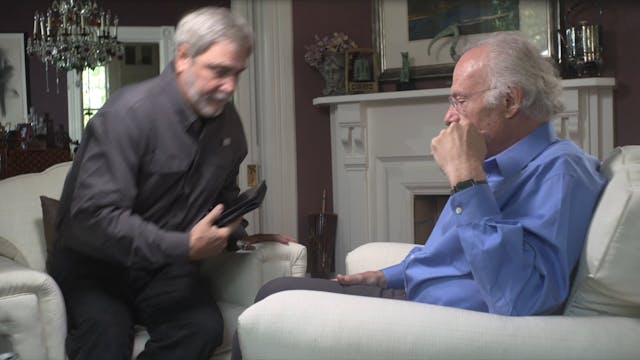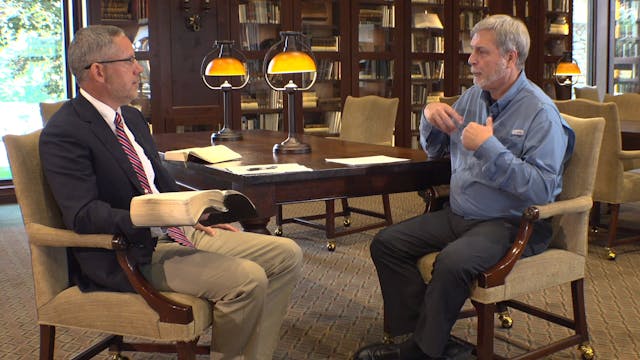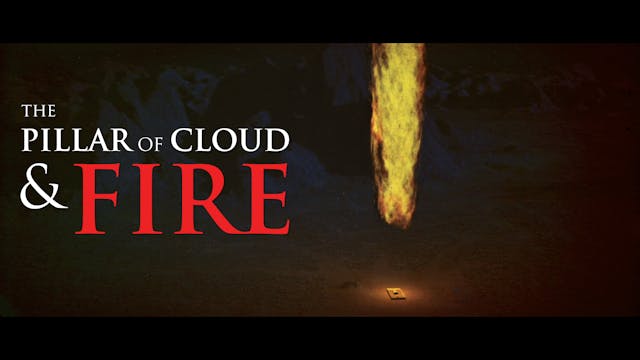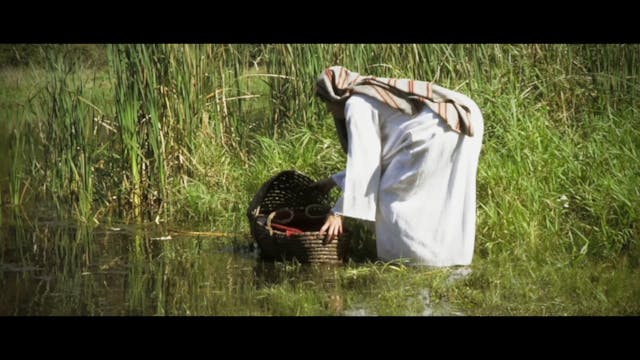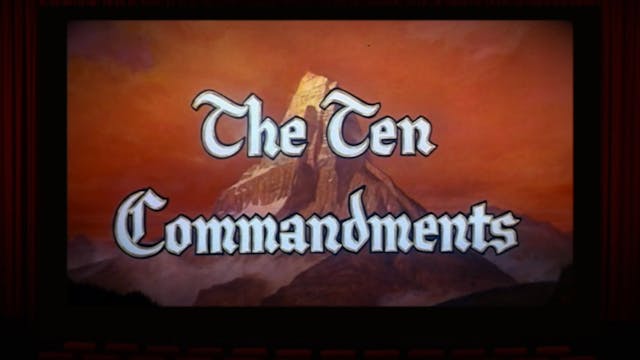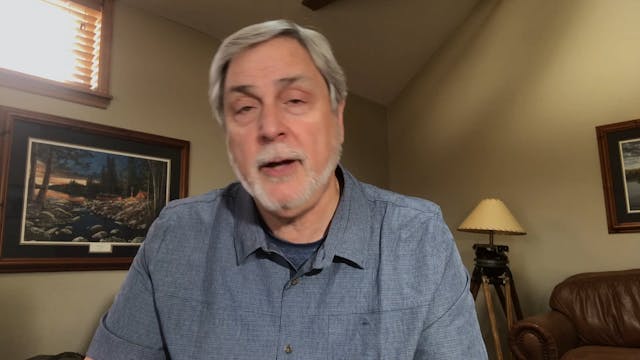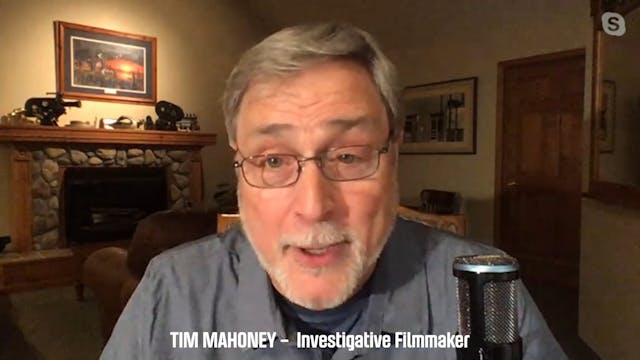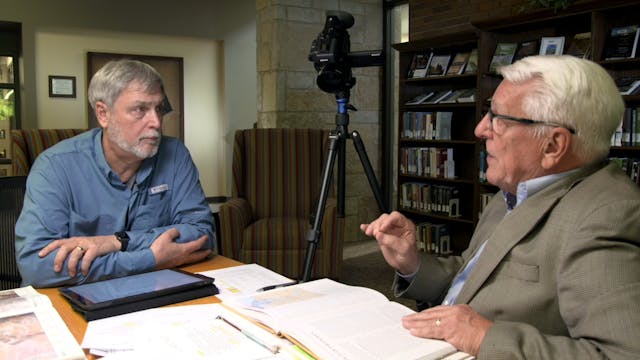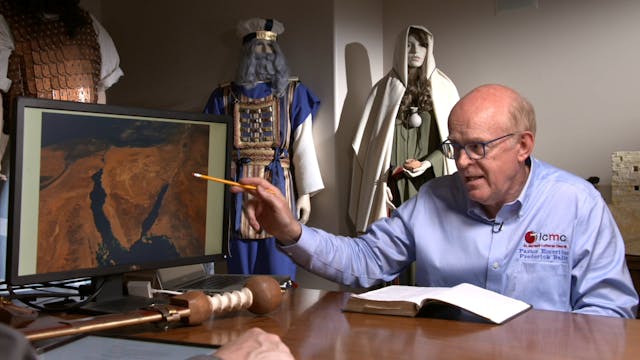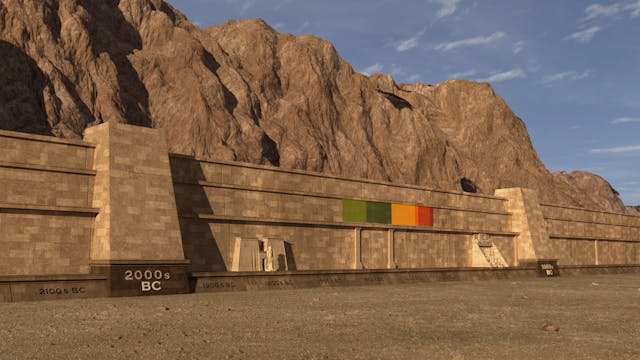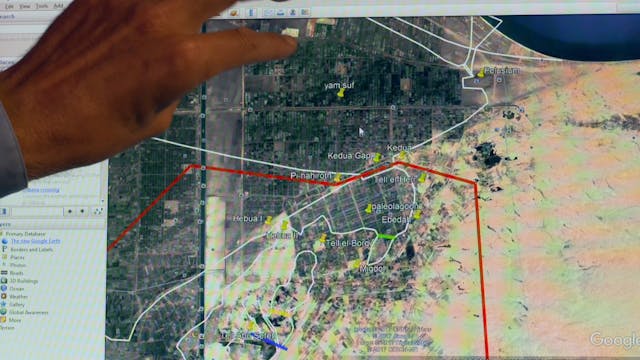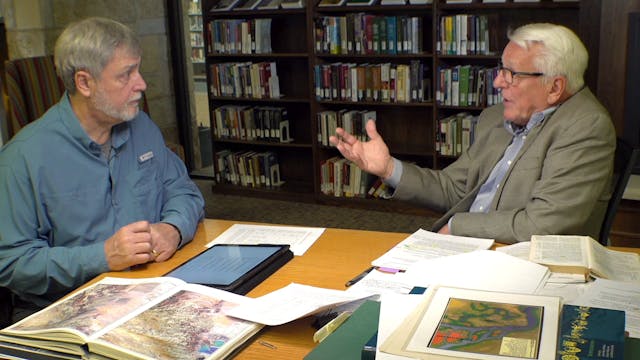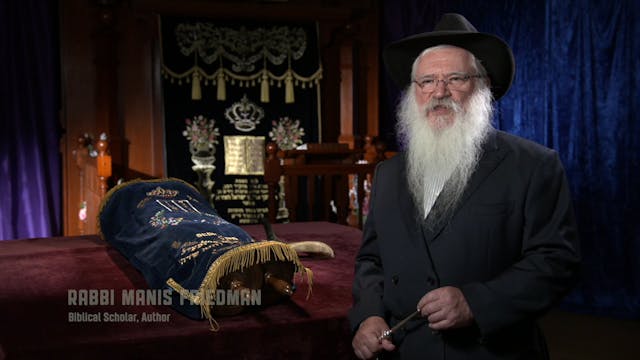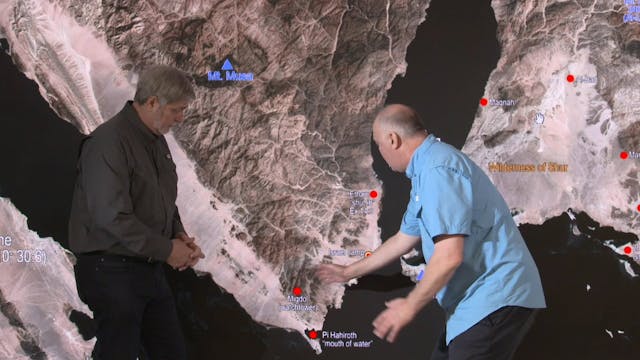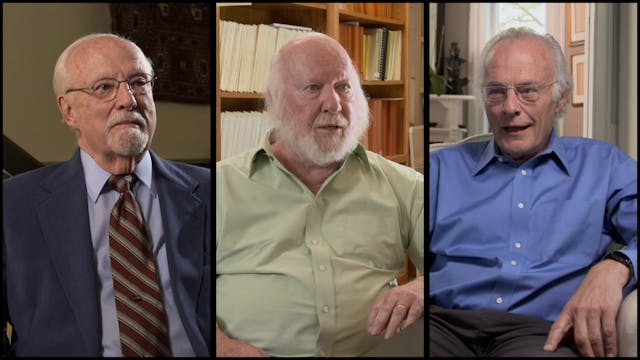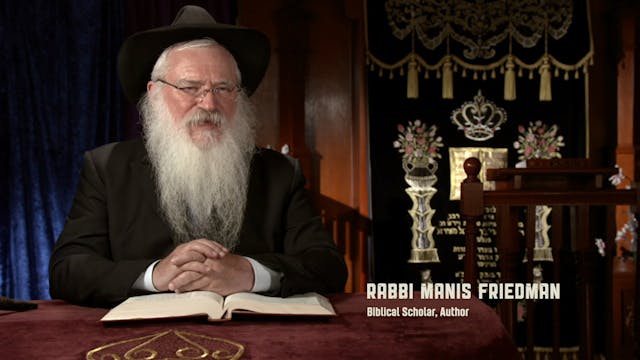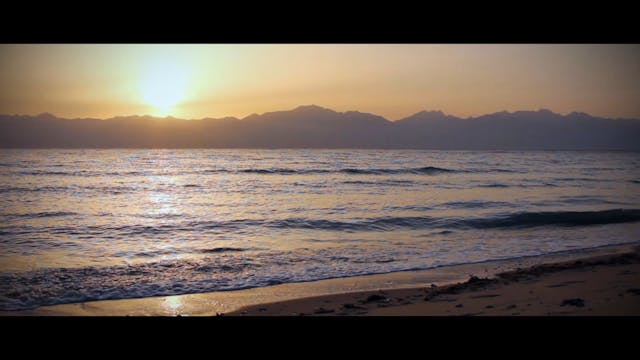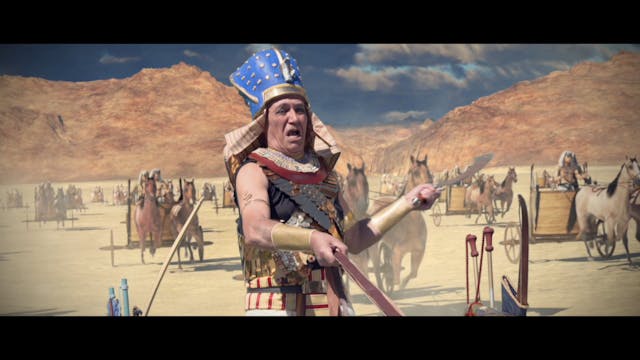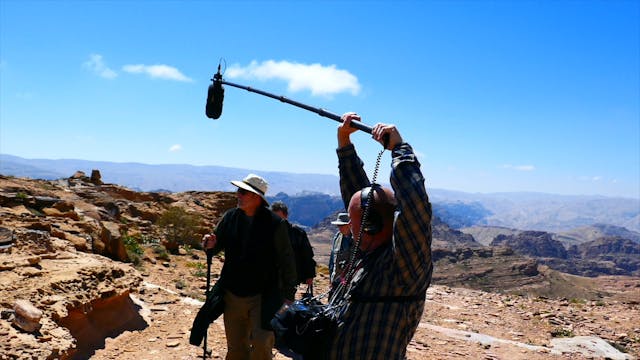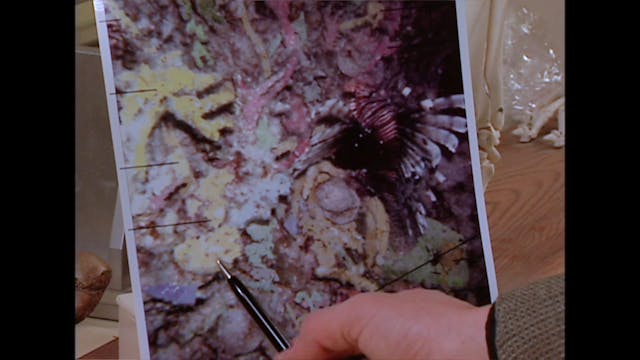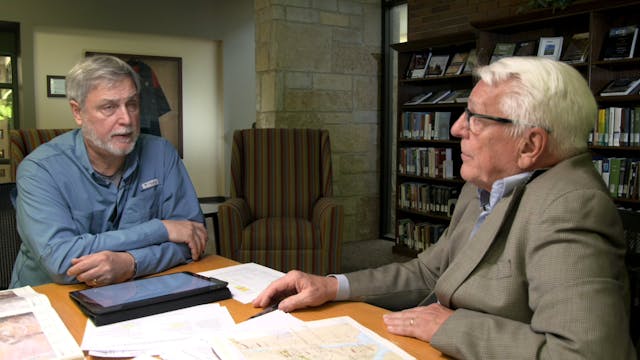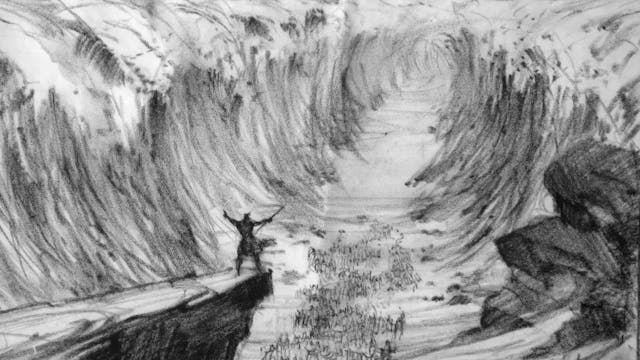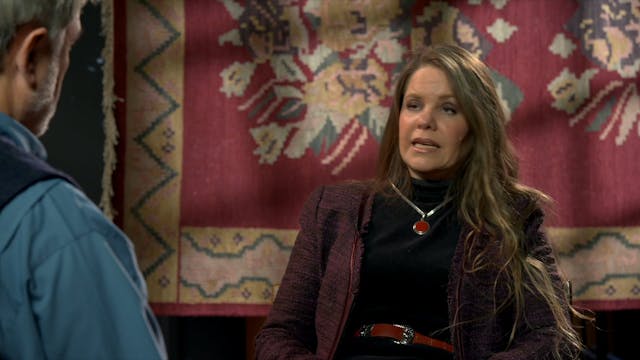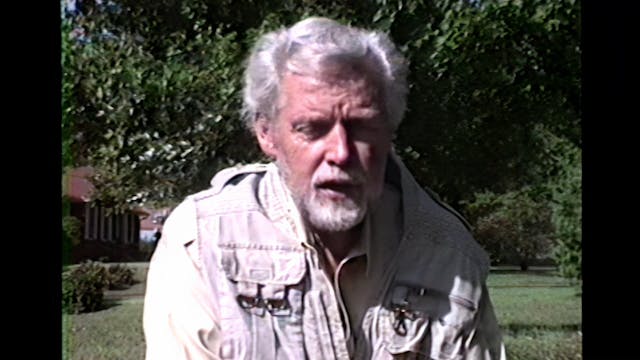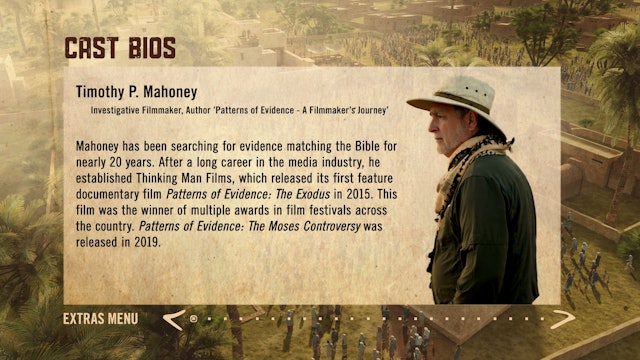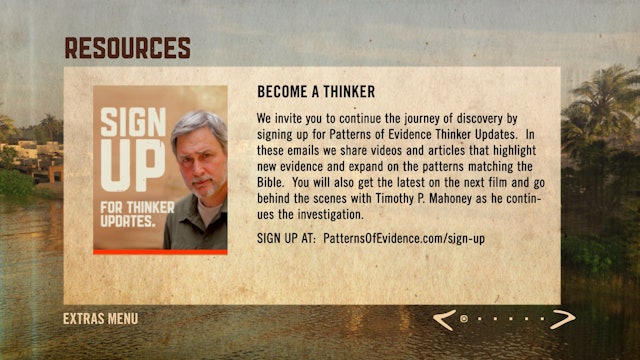The Red Sea Miracle 2 Digit - Collector's Edition
Patterns of Evidence: The Red Sea Miracle II - Collector’s Edition continues the investigation into the Exodus sea crossing begun in Part 1. Award-winning filmmaker, Timothy Mahoney explores how thousands of feet of water could be parted, allowing Moses and the Israelites to pass through the Red Sea. Can science provide a naturalistic explanation with a process known as wind setdown?
Do any of the proposed locations have a pattern of evidence matching the Bible?
Go deeper into the arguments and evidence regarding the scale of the Red Sea crossing with this box set that includes over 8.5 hours of new material. Bonus features include the panel discussion from the online release, expanded interviews with leading scholars, on-location footage with divers looking for the remains of Pharaoh’s army on the seafloor, and uplifting insights drawn from the biblical account. Was a sea of reeds crossed, or is the Bible pointing to a much more spectacular event?
People of faith will be inspired and skeptics will have much to think about as Mahoney reveals two decades of documentary research, which ultimately leads him to inquire... “Do miracles still happen today?”
-
The Red Sea Miracle 2
-
Credibility Trailer Long - The Exodus
-
Full Length Trailer - The Moses Controversy
-
Full Length Trailer - The Red Sea Miracle
-
Full Length Trailer - The Red Sea Miracle 2
-
A Message from the Filmmaker
Even among those who believe that the Exodus happened, there are many opposing views represented. Mahoney shares an important message about the importance of hearing from all sides.
-
Two Perspectives on the Exodus Route
Two very different approaches are often used when determining how the Exodus events happened and what route was taken by Moses and the Israelites. Tim and Steve discuss some of the contrary perspectives between the Egyptian and the Hebrew views.
-
Lennart Möller
Möller played an important role in getting Tim Mahoney involved in the Exodus investigation. Tim discusses Lennart’s background and how his scientific approach influenced many aspects of the films. Tim also shares some of the adventures they had in Egypt, Sweden, and around the world.
-
Colin Humphreys
What is the relationship between science, faith, and thinking? An award-winning physicist who was knighted by the Queen for his work in science, Humphreys shares his own crisis of faith story and how he came to believe.
-
Craig Keener
Keener recounts his journey from atheist to prolific Christian scholar. What reasons did he have for unbelief, and what caused him to consider the Christian Faith? He was surprised by the kind of evidence that finally convinced him.
-
Carl Drews
As a creator of computer ocean models to simulate storm surge, Drews explains his development of the wind setdown proposal for the Exodus sea crossing. He goes on to describe the positive and negative reactions to his ideas.
-
Jodell Onstott
Onstott tells of her own journey from doubt to faith and the key role chronology played in that process. She also discusses how one should deal with all the conflicting claims related to these matters.
-
Craig White
A veteran of the U.S. Diplomat Corps, White recalls his background in political theory and philosophy. He traces the history of skepticism of biblical miracles going back to Hume, before discussing his approach to the big questions of life.
-
Deborah Hurn
Hurn tells why she became so captivated by the mystery of the Israelites’ journey. She describes her approach to the wilderness itinerary for the Exodus developed through 12 years of research, and why this account is so important.
-
Frederick W. Baltz
Paster Baltz discusses how DeMille’s film sparked his fascination with the Exodus. He goes on to explain some of the thinking behind his proposal to put the sea crossing at the Timna mines north of Aqaba.
-
Cecilia DeMille Presley
DeMille Presley describes the history and legacy of her grandfather, Cecil B. DeMille. Growing up on sets and participating in the preparation of his films gave her a unique perspective on this iconic figure.
-
Gregor Hodgson
Was the Exodus account written by many authors centuries after the time of Moses? Hodgson also gives his ideas of how best to investigate the sea crossing and if there is any real connection between science and faith.
-
Steven Rudd
Rudd runs the world’s most visited website on biblical archaeology. His conversion story goes from someone who taunted believers to becoming a pastor. He also explains the connection between the Exodus account and the Messiah.
-
Jennifer Hall Rivera
Hall Rivera talks about her background in forensics as a fingerprint specialist. She speaks of bias when considering the interpretation of evidence and relates this to the search for Pharaoh’s army on the seafloor.
-
Eric Metaxas
What is a miracle and do they still happen today? Metaxas shares his background and how a miracle changed his life. He also shows evidence from creation and miracle accounts that speak to the question of the supernatural.
-
Eric Lembcke
Lembcke covers his background - how he heard about Ron Wyatt and joined him on some of his dives at Nuweiba Beach. He also tells why he finally shared his story with Tim Mahoney.
-
Robert Carter
Carter shares his background in marine biology and the importance of identifying patterns in scientific research. He comments on the search for chariot wheels and even the age of the earth based on observations of coral reefs.
-
Scripting the Two Red Sea Miracle Films
Filmmaker Timothy Mahoney and researcher Steven Law discuss how the scripts for the Red Sea Miracle films developed over time. Topics addressed range from miracles, to the large amount of information in the Desert step, and the challenges of fitting all the ideas into the films.
-
Faith, Reason and Evidence
Is faith reasonable? How does faith relate to science, and what philosophies and assumptions are involved in the scientific approach? These questions are discussed by scholars from both the Hebrew and Egyptian views, who address thinkers such as Aquinos and Isaac Newton.
-
Exodus: Foundation of the Modern World
Are miracles believable in our modern scientific age? Did modern science emerge from the Greeks or from a rejection of Greek ideas? Christian philosopher Vishal Mangalwadi discusses why an understanding of the biblical Exodus was a key factor in the development of the modern world.
-
The Pillar of Cloud and Fire
What was the pillar of cloud and fire that the Bible says led the Israelites out of Egypt and across the wilderness? Opinions vary widely from naturalistic explanations to a literal manifestation of the presence of God.
-
Salvation Through Water
When considering the magnitude of the sea crossing, Hebrew scholar Jeremy Lyon discusses why the account in Exodus can’t be considered in isolation. See how the theme of being saved through water to meet God at a holy mountain has been woven throughout the Scriptures.
-
Making ‘The Ten Commandments’
See the dramatic story behind the making of The Ten Commandments. Discover the struggle to make the biggest Hollywood Bible epic ever - and how once begun, it was almost never finished. Learn the significant role DeMille’s wife played in bringing his most successful film to the big screen.
-
The Value of Differing Viewpoints
Archaeologist Scott Stripling and filmmaker Timothy Mahoney discuss Scott’s book featuring five of the primary Exodus route views. Explore the value of hearing from different perspectives and how believers can be encouraged by the debate.
-
Panel Discussion - The Red Sea Miracle 2
Get behind the scenes insights with the panel discussion on the film featuring theologian, Dr. Craig Keener; author, Rabbi Jason Sobel; forensic science educator, Dr. Jennifer Hall Rivera; archaeologist, Dr. Scott Stripling; pastor for John Smith’s family, Jason Noble; filmmaker, Timothy Mahoney;...
-
A Detour in Egypt
Go deeper into the biblical text and the Egyptian approach’s proposal for the Detour before the sea crossing occurring inside the borders of Egypt. See additional perspectives and ideas as scholars strive to defend their own views from critique by those supporting other options.
-
A Detour Near Aqaba
Those favoring a sea crossing at Aqaba have different views about the location and direction of the “turning back” that began the Detour. What are the strengths and shortcomings of these different options - and are all of them too far from Egypt to fit the Bible’s account of these events?
-
Red Sea vs. Yam Suph
Why might the Greek translators of the Old Testament have chosen the name “Red Sea” to replace the Hebrew term “Yam Suph”? Do they mean the same thing? See how the New Testament speaks to this issue as scholars challenge one another’s ideas.
-
Dead Ends in Egypt
Explore additional reasons for favoring the various Dead End proposals in the Egyptian approach, even as more arguments are raised against them. Learn how the Israelites could possibly have reached a Dead End on Egypt’s border at the Bitter Lakes.
-
Dead Ends at Aqaba
The Dead Ends proposed at Aqaba share a common reality: being outside of Egypt - fitting the Israelite’s cry at the sea. How do those in the Egyptian approach answer this challenge? Does the Bible really place Yam Suph at Aqaba, and what does this mean for the marsh lakes in Egypt?
-
Dead Ends North of Aqaba
Both Dead End locations proposed north of the Gulf of Aqaba feature shallow-water sea crossings. What more can be learned about “Slaves Hill” at the Timna mines and how might this fit the place-names the Bible mentions? Those from both Egyptian and Hebrew approaches have challenges for these hybr...
-
Dead Ends at Nuweiba and Tiran
The two proposed Dead End sites on the central and southern Aqaba coast have high mountains to trap the Israelites at the sea. See advocates of each site challenge the other. What advantages and disadvantages do these sites have when compared to other Dead End candidates?
-
Does It Matter Which Sea Was Crossed?
Why does it matter where the events of Exodus happened? Is it merely an academic curiosity? Tim Mahoney and Steve Law discuss why rooting these accounts in the real world is important. They also share an inspirational story about someone who was changed by the ideas raised in the films.
-
The Deep Sea Debate
Explore the crucial question of whether the Bible actually portrays the Exodus sea crossing as deep and mighty waters with high walls on both sides. Why do those with opposing views believe the way they do? Hear fascinating and inspiring insights to the biblical account of the sea crossing.
-
The Definition of Yam Suph
Yam Suph is the most important place-name related to the Exodus sea crossing. Where you place the crossing affects the scale of the miracles involved. Does the Hebrew word “yam” only pertain to seas? Does “suph” mean “reeds,” or could it mean “end”? Biblical clues reveal the various options in th...
-
Chariots in Ancient Egypt
Tim Mahoney and Fred Baltz discuss many aspects of ancient chariot construction and battle tactics with chariot replicas built by Fred. See how these factors connect to details in the biblical account and how they may line up with the proposal for a volcanic cloud being involved in the sea crossi...
-
The Exodus Explorers and Chariot Parts
Get to know some of the Exodus explorers better as they dive in the waters of the Gulf of Aqaba. Hear on-the-scene commentary about what they were seeing. Additionally, hear the criticism of others who remain skeptical about the possibility of any evidence lasting for 3,500 years.
-
Ancient Bones on the Seafloor
Lennart Möller visits Swedish forensic bone expert Ebba During. Can cattle leg bones found on the seafloor off Nuweiba Beach be linked to a variety of ancient oxen? See if there is a possible connection between these finds and the disaster of Pharaoh’s army at the sea.
-
Challenges to Crossing the Sea
Debated topics regarding the crossing of the sea include the slopes involved, the nature of the seafloor, how wide the crossing site was, and what was the distance across. Was there enough time for the Israelites to cross in the time allowed? Was there enough space to drown the entire Egyptian army?
-
Wind and the Miracle at the Sea
The Bible says God sent an east wind that blew all night, splitting the sea in two. Was this wind the ultimate cause of the parted waters, and does that limit the depth of the sea? See how the two approaches explain the miracle at the sea and how the natural relates to the supernatural.
-
Leaving Behind the Gulf of Suez
Tim Mahoney and Steven Law discuss why more time was not spent in the film on the Gulf of Suez. Why have most scholars left behind the idea of a sea crossing at Suez? This site is measured against the steps used in the investigation to determine its general strength.
-
Chariot Wheels & The Polygraph Test
Rory Kaye and Eric Lembcke claimed they observed a chariot wheel on the seafloor while diving at Nuweiba Beach. Hear more of their dramatic story that actually became life-threatening. Also witness the polygraph test administered to Rory. Did it support the truthfulness of his testimony?
-
Cast-Bios - The Red Sea Miracle 2.pdf
8.78 MB
-
Resources - The Red Sea Miracle.pdf
1.74 MB
-
POE: The Red Sea Miracle 2 - Collector's Edition Insert.pdf
4.26 MB
